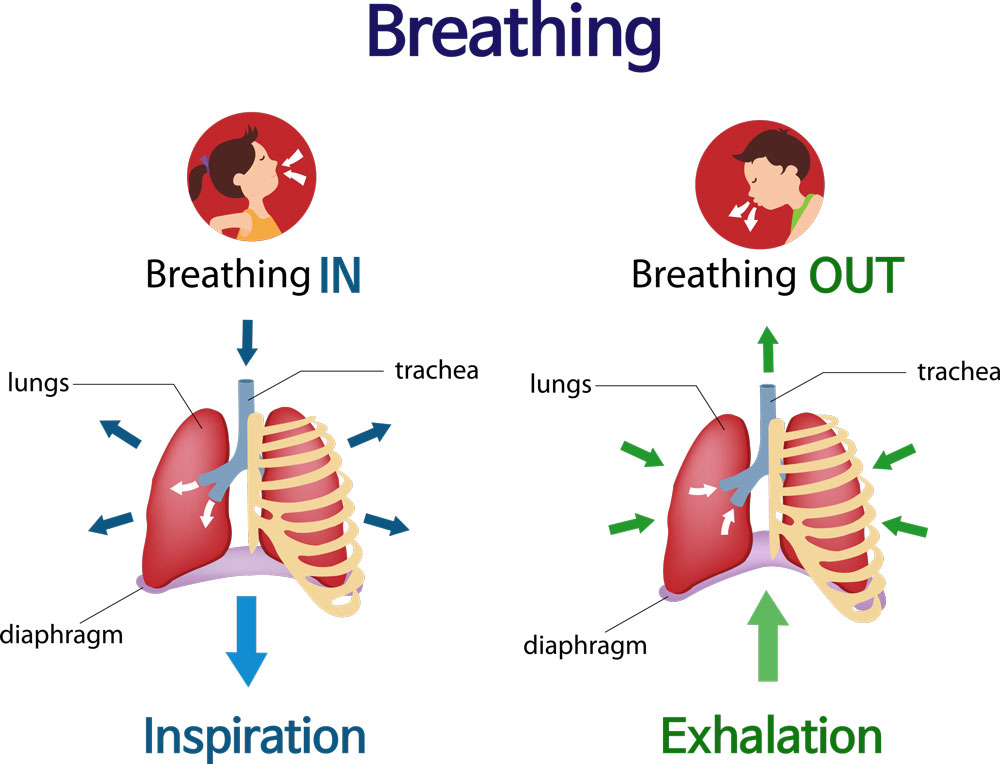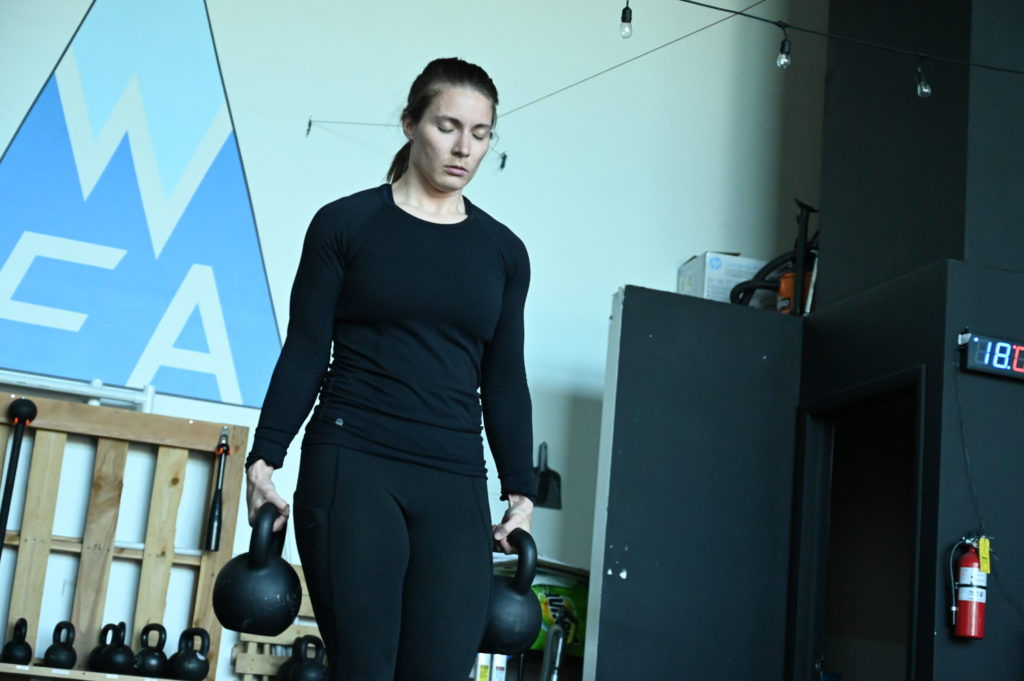Incontinence - what's up with that?
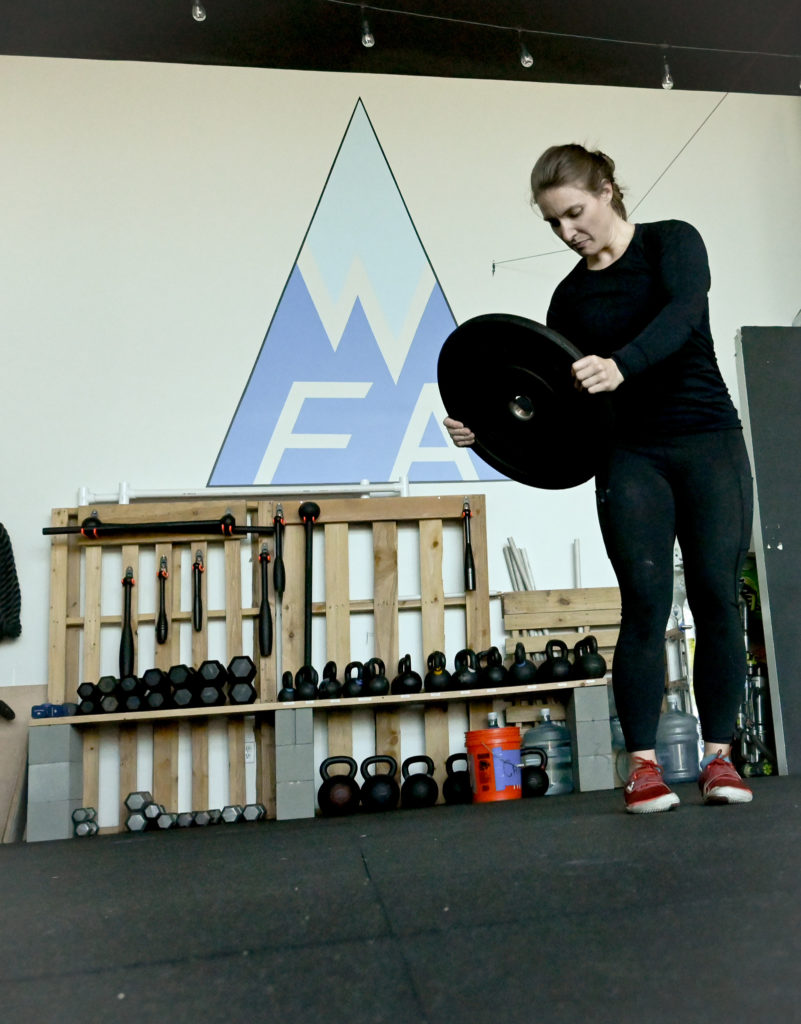
Hey – I’m Chelsey, a coach and personal trainer. And I have a confession.
I sweat when I workout. Like a lot. Sometimes I sweat so much that I get wicked crotch and butt sweat. I used to get really embarrassed by it, now I just own it and move on.
Let’s start with the backstory: a year ago, in a strength and conditioning class, the coach asked if my crotch sweat was actually urine. Embarrassed at first, I paused. I thought about the movements I performed and if at any point I felt any leaking sensation. I also had to stop and consider the question itself. His question came from a place of concern about my health, not from a place of judgment. It was definitely not meant to embarrass me or make me feel ashamed about how the body functions.
My coach, Michael (the founder and head coach at Wasatch Fitness Academy) and I continued to chat and came to the conclusion that leaking urine while exercising is a concern that needs to be addressed. Especially since we both know several women who experience exercise-induced incontinence.
This quick interaction from over a year ago still replays through my mind every time I hear someone mentioning how they randomly leak urine while they exercise or do aerobic activity. First off, if you experience any signs of incontinence, know this: you are not alone. Second, and most important: peeing when you jump, run, laugh, sneeze, walk, workout, or stand up too fast is not normal.
This is really important: having a coach who cares enough to have hard conversations with you. An easy rule of thumb: there’s no such thing as TMI, and a coach should be willing and able to say “I don’t know, but let me see what I can find out.”
Let’s start with the good news! You don’t have to live with incontinence. “Is improvement even possible, Chelsey?” Yes, absolutely!
The reality is that with proper action, consistent practice, and patience, you don’t have to live life always worrying about leaking or finding the closest restroom. Yes, it is possible, you just have to take action and believe your health and well-being is important. The solutions are often simple, but not easy – they take time and diligence.
The first step in taking control of your health and well-being is scheduling a consult with a physical therapist who specializes in pelvic health. During your scheduled appointment, your PT should do several assessments to determine whether the incontinence you are experiencing can be intervened with some muscle activation and strengthening, or if there is a deeper, underlying issue. Either way, you are already winning the game! Just by you going into a PT office and sharing your concerns about incontinence, you’ve started taking control of your health. Air high-five!
A great place to start your search for a physical therapist who specializes in pelvic floor issues is the section on women’s health on the American Physical Therapist Association website.
The next step is to schedule a consult with a trusted strength coach who is knowledgeable in pelvic floor health. In your consult you are sharing your concerns about your pelvic health and that you are working with a physical therapist to help with incontinence. Just as importantly, share your goals and aspirations. Where do you want your health to take you? Do you have any big adventures you’d like to prepare for? Do you want to chase and keep up with the kids when you take them to the park? Do you want to work towards a promotion at work, but stress has been holding you back?
Strength training is a path to becoming the best version of yourself. Along with helping you build a strong core and build strong muscles that will support your pelvic floor, strength training gives you the opportunity to hone your abilities and address your weaknesses. When you schedule the time to train with a coach, you are taking a stand and learning how to be your own health advocate. Resistance training will not only help you feel in control of your health, but it will also help you prepare for any challenge that comes your way.
“Alright, Chels, I get it. Being strong and stable in the hips and core is fundamental when strength training and in daily activities. But what can I do now? I can’t get into the physical therapy office till next week and the consult with a strength coach is still three days away.” Just breathe. For real. Literally, just breathe.
But what can I do, right now? Simple: breathe.
Why is breathing such a big deal? I’m alive - clearly, I know how to breathe.
Let’s separate breathing into two pieces: there’s the chemical, and there’s the mechanical.
Chemically, breathing refers to the turnover of oxygen and carbon dioxide between air and red blood cells, which happens in the lungs. And yes, this happens out of your conscious control and isn’t something to worry about.
Mechanically, breathing refers to the creation of a partial vacuum in the upper torso to pull air in as you inhale. This can happen when the shoulders lift and the chest expands (not ideal), it can happen by mechanically pushing the belly out (also not ideal), or it can happen by moving the diaphragm down and up (ideal). The pressurization of the upper torso which creates the exhale happens with motions opposite of the inhale.
It’s the mechanics of breathing where a lot of us have a lot of room to improve. Stress in the neck, stiffness in the shoulders, chronic indigestion, and low back pain can all be related to breathing mechanics.
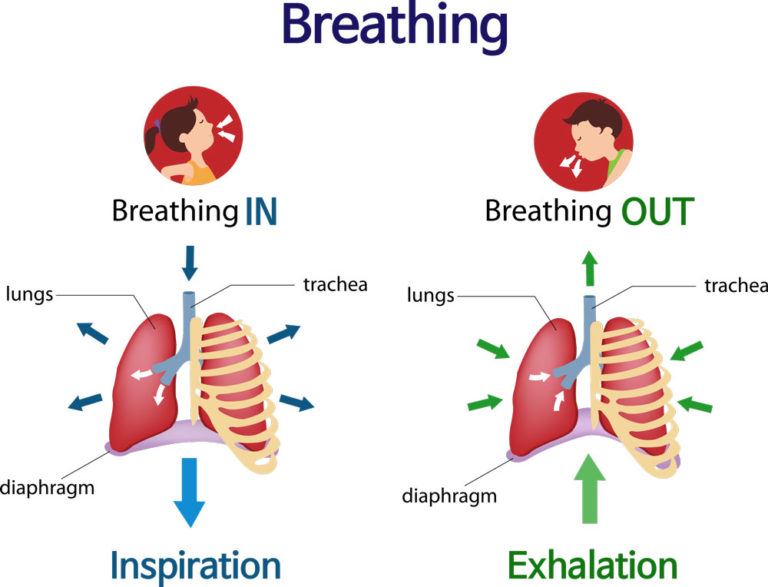
And while the diaphragm moves down (inhale) and up (exhale) to pull/push air in the lungs, it works in unison with the pelvic floor to balance out the pressure applied to the guts as you breathe. As you inhale, the diaphragm descends and could put pressure on the intestines, except, at the same time, the diaphragm descends the pelvic floor descends to help manage that pressure. The belly will also expand to help balance out the pressures the guts are feeling. As you exhale, the diaphragm then ascends and the core muscles and pelvic floor muscles use their elastic strength to contract, to support and stabilize the hips. This cycle repeats over and over when we practice breathing with good standing or seated posture.
To find a good standing posture, first, make sure the rib cage is stacked over the hips. Find this position by starting with your hands around the mid part of your rib cage. Breathe in and feel your rib cage expand. Exhaling, slide your hands down the sides of your body till your hands meet the top of your hip bones. You should feel as though your ribs are in line with your hips. Practice this a few times, continuing to slide up and down your sides in a straight line with each inhale and exhale.
Once you’ve stacked your ribcage over your hips, practice taking a full breath in and out, starting with one hand on your belly and one hand on your chest. Inhale smoothly by filling up your belly, then your ribcage. You may also feel your spine lengthen. When you feel your lungs full of air, pause for a few seconds. As you exhale, slowly let the air slip out of your nose or your mouth as you exhale. Your exhale should feel just as smooth as your inhale. Once all of the air as escaped your lungs, pause and rest quietly for a moment or two with your lungs empty.
How often? And for how long?
Start your practice easy: breathing for 30 seconds or so. Once you’ve gotten consistent with 30 seconds, work your way up to practicing for two minutes as you wake up or even throughout your day. Why not schedule time and set up mini breathing-breaks throughout your day? Another option is to schedule your breathing practice before bed. To help you get better (and maybe more?) sleep, try this breathing technique for ten to fifteen minutes. You can practice breathing in a seated posture or by laying down with your back feeling supported. All suggestions still apply, one hand on belly one hand on your heart. And keep it simple: breathe.
It is important to feel in control of your body, your health, and the environment, and feeling in control of your bladder is just as valuable. There is freedom when one does not have to pre-plan and obsess about where the bathrooms are before going about daily activities and running errands. There is freedom when you can exercise and run for however long you decide, before having to urgently find the nearest place to relieve yourself. When you have a well-functioning pelvic floor and lead a healthy, holistic lifestyle, you are in control of your environment and your well-being. I wish you the best of luck on your fitness journey, and I’m here if you’d like a partner on that path.
Yours in peace, love, and strength,
Chelsey
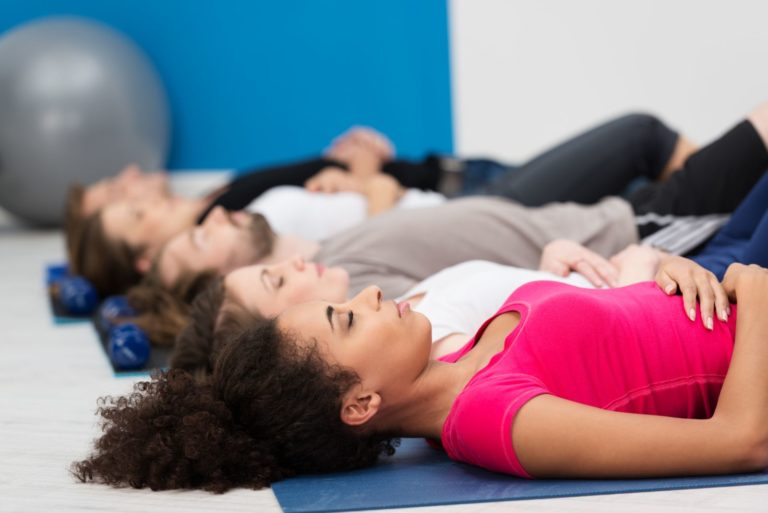
About The Author
Chelsey Wilson is a movement coach, providing group and private coaching at wasatch fitness academy.
Her gifts include connecting deeply with everyone she meets, and using high-quality movements to stretch people’s limits – physically, mentally, and emotionally. SHe’ll push you to be your best, well beyond what you think you’re capable of.

